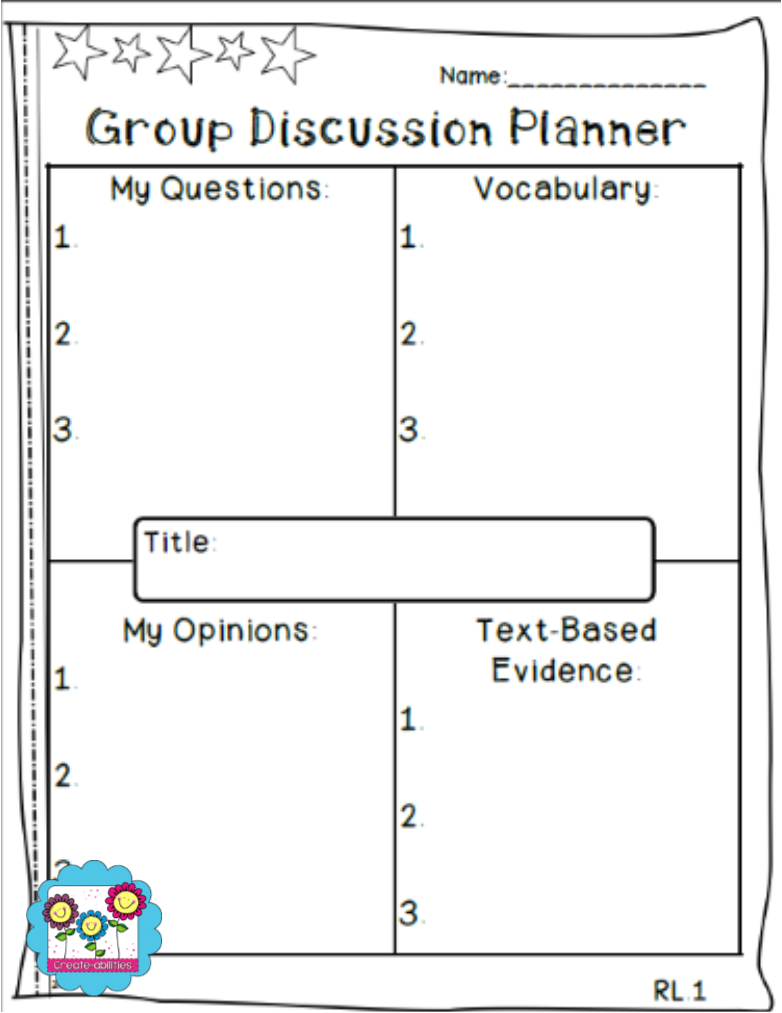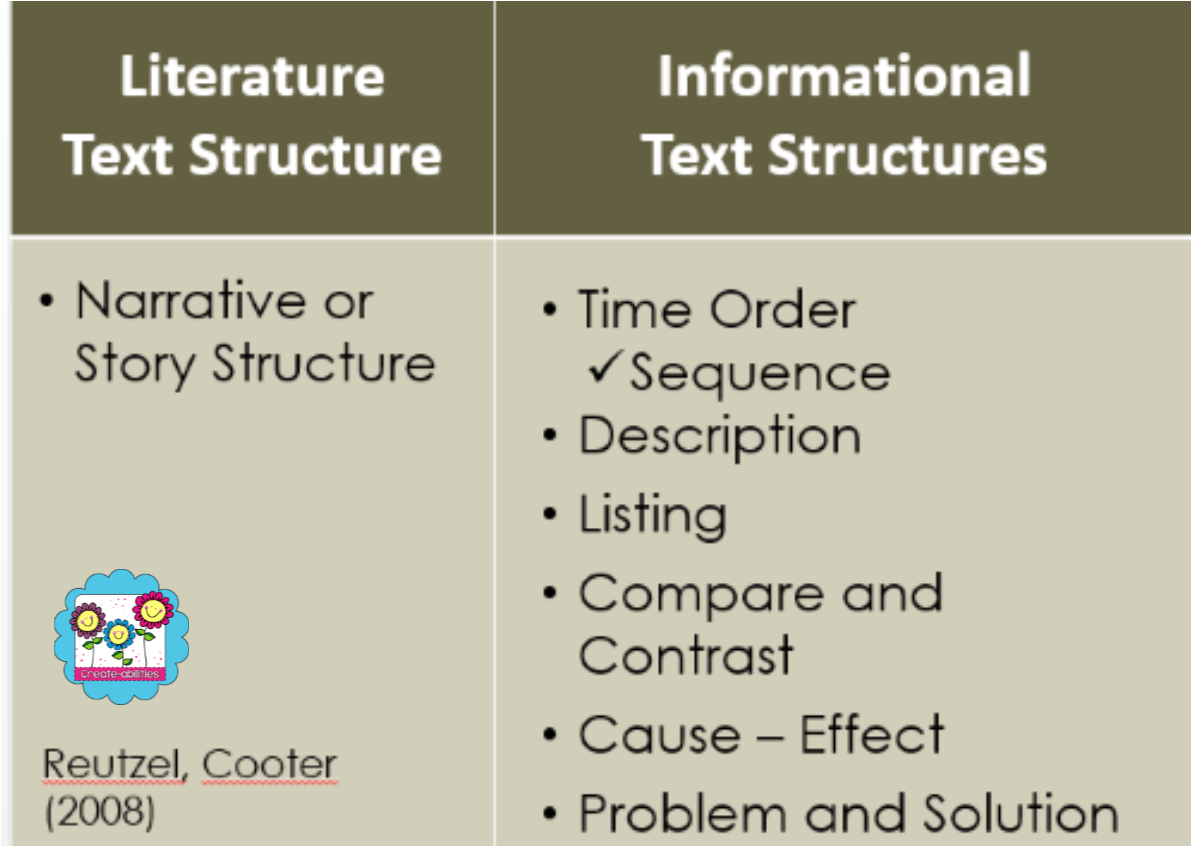
Close Reading Part 6: Text Structure
Text structure refers to the organization of ideas in a text. As authors write a text to communicate an idea, they will use a structure that goes along with the idea (Meyer 1985).
Text structure is a big part of close reading. Students need to recognize why the author has set up a text the way they did and what the purpose of that text structure is. I always knew that text structures were important but I never knew exactly how powerful they could be. I found a couple of quotes by Ray Reutzel (who is kinda a guru on these things) that help to show the importance of text structure and graphic organizers.
“When we use and teach the same text structures repeatedly, students can “save the template in their brain,” so it can be recalled later, or students can organize ideas on their own.”
Ray Reutzel, DSD training 12/9/10
“If students are reading to answer their own questions (they do this while filling in a graphic organizer), their comprehension increases by 50%.”
Ray Reutzel, DSD training, 12-9-10
This last quote floored me. I knew that using graphic organizers to teach text structure could be powerful in breaking down a complex structure but I never realized that it could increase student comprehension by 50%. This quote comes with a caveat however. Students need to be exposed to the same type of graphic organizers over and over. If each time they fill in a different organizer about cause and effect, they are spending most of their time DECODING THE ORGANIZER and not processing information from the text.
I admit it. I had a really cute organizer for fall that used acorns and a really cute organizer for Halloween that used pumpkins and a really cute turkey organizer for November. I honestly thought “Oh look at me tying in our learning with the season! I’m so put together!”. But looking back, I can’t help but thinking how dumb I was! We spent more time explaining the actual organizer itself than looking in the text. My students were more worried about which acorn to write the characters in than the major and minor characters themselves. I promised myself to be better.
The next class I had I was determined to be better. I made 73 graphic organizers covering all of the reading for literature and reading informational standards. Now I realize that I’m not going to use all 73 organizers each year but it gave me a variety to choose from for each text structure.
I decided to make them simple (and the clipart hungry part of me died a little 🙁 ) and easy to follow. I picked one for each text structure I was teaching and used these for each piece we went over. I have to tell you from experience that the result was amazing! We spent so much more time talking about the text itself. We were able to go back to the text and delve into the author’s meaning and purpose. It made such a difference to use the same organizer again and again. Try it, it will change your life.
The overall main goal is to get our students to recognize the text structures presented in a text. If you find that you can do that without a graphic organizer or with just a blank piece of paper, then great! I know several teachers who use a blank piece of paper and create their own graphic organizers.
I found this picture of two types of text structures. Without having any of the text filled in, we can still recognize the non-fiction piece and the fiction piece. Hopefully, our students can get there too!
We are so used to these structures that we know a list means non-fiction, usually bulleted with important points.
Here is another slide that I had that shows the different text structures used in the different genres.
How do you teach text structures in your classroom? I’m always looking for ideas!
PEACE, LOVE, AND STICKY NOTES

Blog Categories
Meet the author





